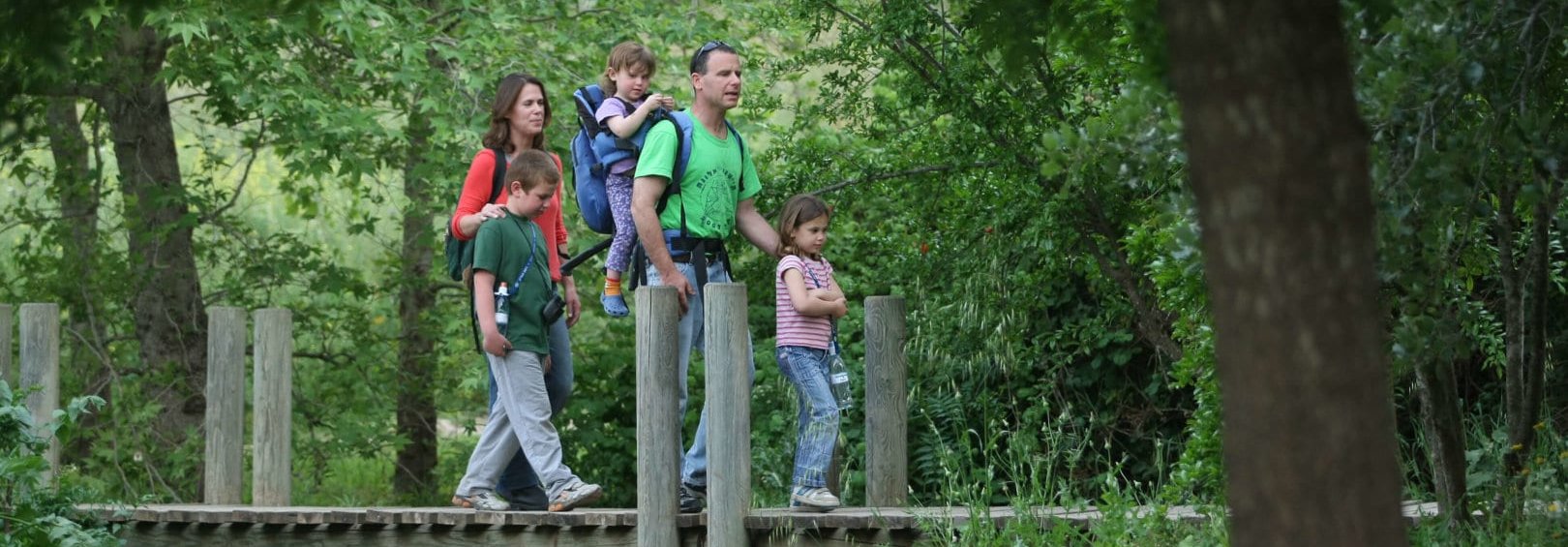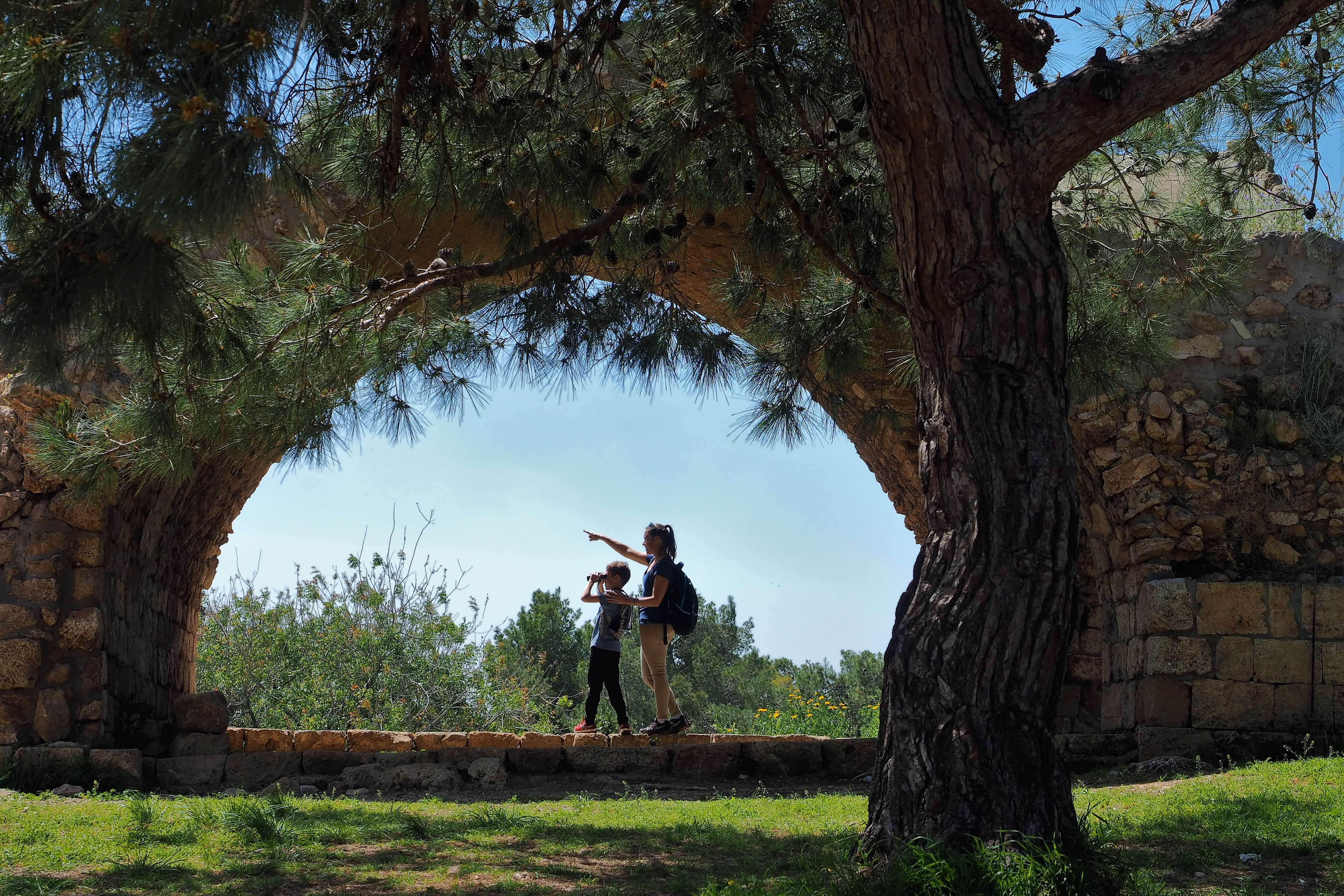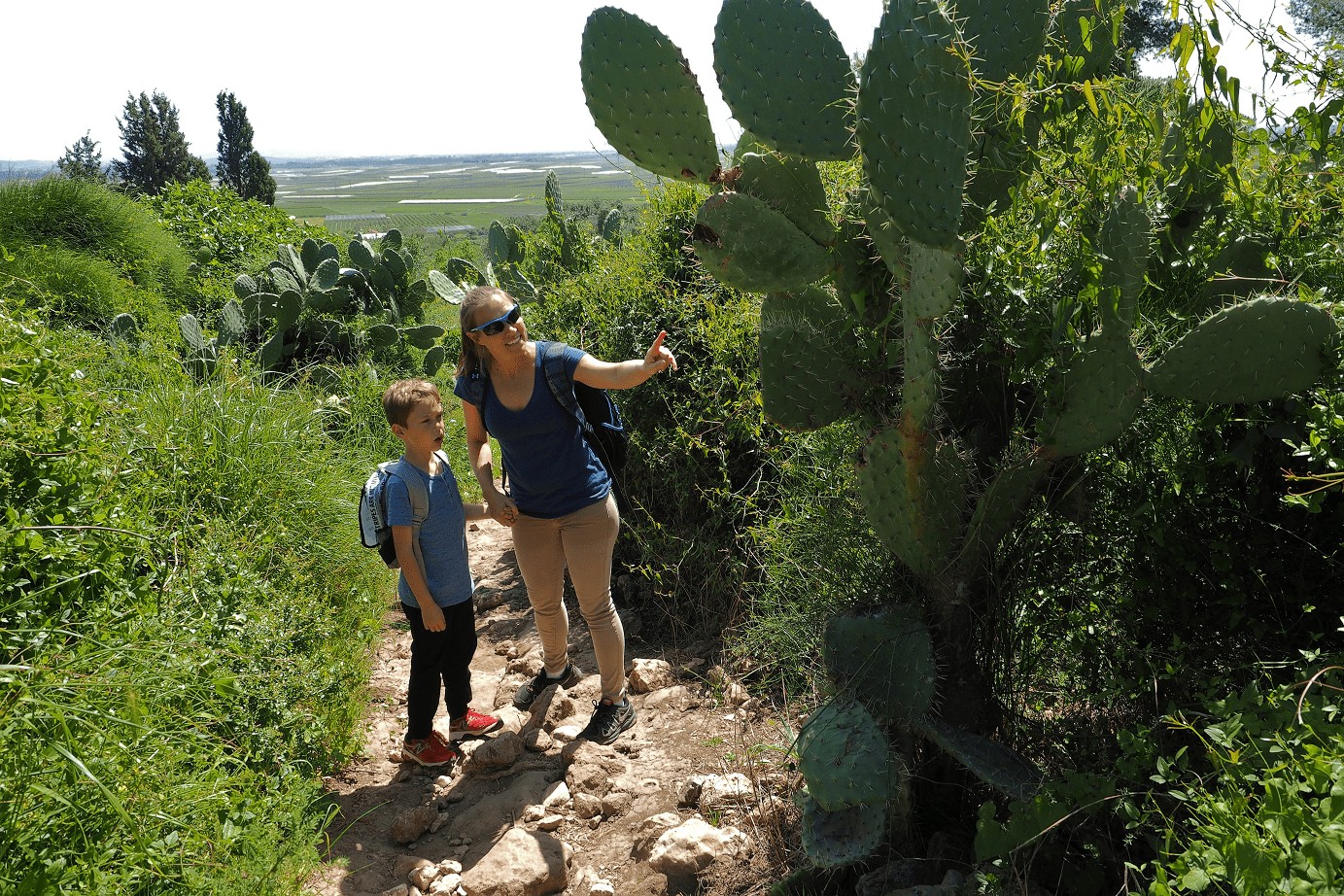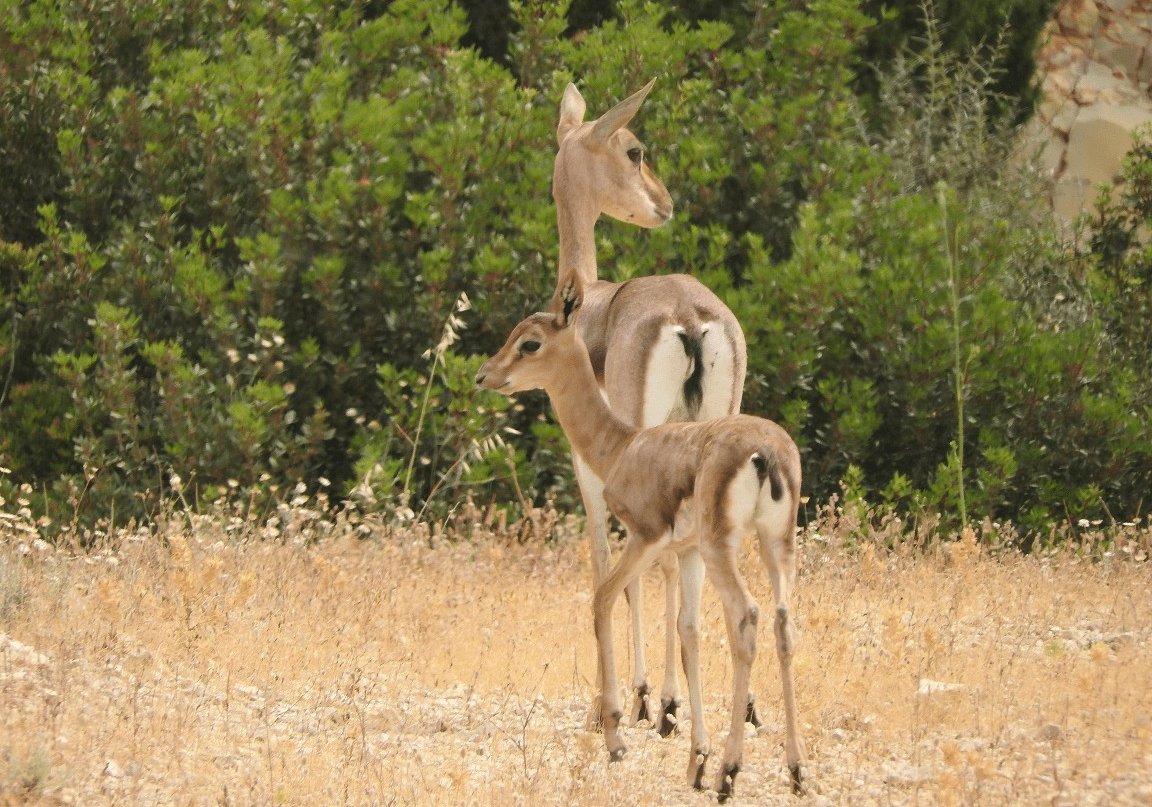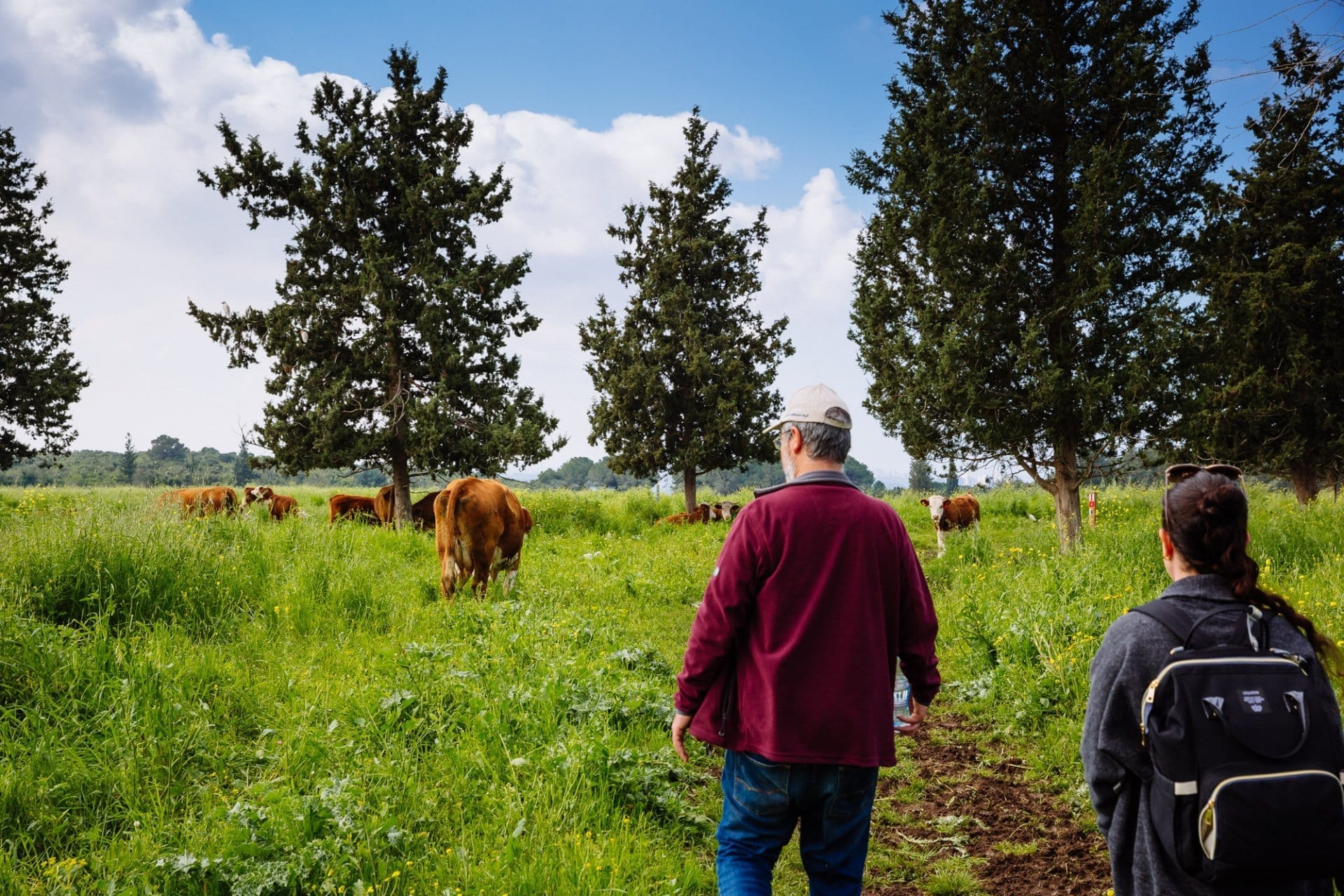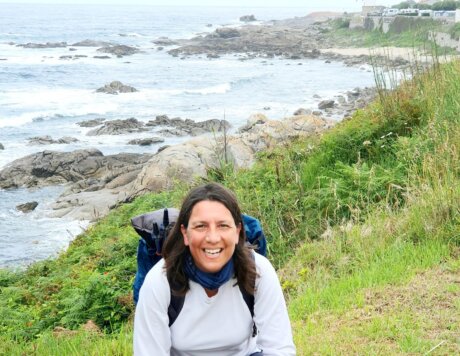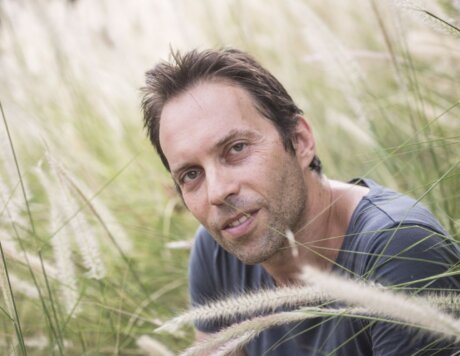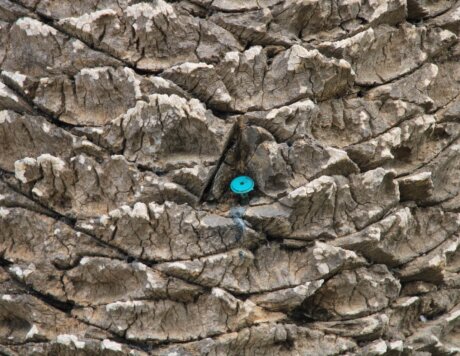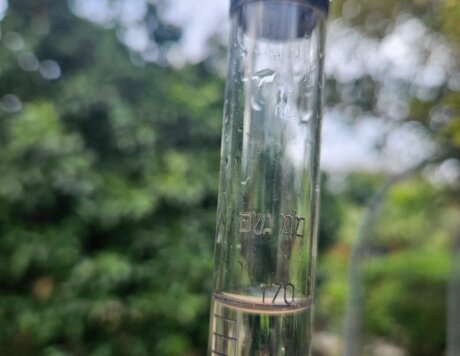Choices in the Nature Park
We have national parks, we have nature reserves, but what on earth is a nature park???
We set out to discover which choices made the Nature Park what it is today.
‘We would like a lot of people to visit the park’, begins Tzach Glasser, Manager of the Nature Park at Ramat Hanadiv, ‘We appreciate its effect’. Nevertheless, the more hikers there are, the greater the impact on nature. This is perhaps the unique story of the Nature Park; management that is sensitive to both humans and nature: between the park’s residents – plants and animals – and its visitors, a story that is composed entirely of choices.

